On Monday the 11th I returned home after teaching a class in Animation Studies at Emily Carr University of Art + Design and while I was eating my lunch and catching up on Daring Fireball I came across a link to Michael Gartenberg’s Why “post PC” doesn’t mean “sans PC”. I eagerly read what Gartenberg had to say since I had just presented iPad 2 to my students in relation to Soren Pold’s article Interface Realisms: The Interface as Aesthetic Form. In class I showed a clip of Jobs describing iPad 2 as a Post PC device while standing in front of a slide showing the intersection of technology and liberal arts. I’ve been fascinated with that slide since it first appeared at the 2010 iPad keynote because it’s also an accurate description of the crossroads that animation finds itself at. When a student asked what Jobs had meant by “Post PC” I had to admit that I wasn’t fully sure myself because I couldn’t tell if it was just marketing hyperbole or and accurate description of devices that draw from the traditional PC paradigm while managing to retain a distinction. The rambly explanation I gave in class primarily focused on the touch UI of iPad 2 which is a significantly different interaction methodology that enables the creation of new experiences that were previously impossible.
But that didn’t feel like it was enough of an answer because other touch-based devices had existed prior to iPad 2 and this keynote was the first time that Jobs had used the term Post PC. However, after reading Gartenberg’s article, I realized that something else was in the mix. I was really interested in the way that he described iPad 2 through a process of gains and losses in relation to the PC: the experience of X is better, but Y isn’t as good. I think that he’s onto something with the “Post” indicating an “afterness” of the device. However, when I encounter “Post-” anything I immediately leap to Postmodernism, which Gartner never acknowledged. Postmodernism as a term originates in architecture (which also resides at the intersection of art and technology) but has been adapted to mean something else:
“[Postmodernism] can be described as a set of critical, strategic and rhetorical practices employing concepts such as difference, repetition, the trace, the simulacrum, and hyperreality to destabilize other concepts such as presence, identity, historical progress, epistemic certainty, and the univocity of meaning.”
Placing iPad 2 in this context opens up a lot of options when trying to figure out what Post PC means. However, it’s necessary to provide a brief summary of some of the terms:
Difference: Not X is different than Y, but a secondary principle produced by a prior relation between differentials that gives us sufficient reason for empirical diversity. Oh Deleuze! *purr*
Repetition: A different incarnation (the physicalization) of the same structure. This genesis can be seen to operate on an ontological scheme that deals with the virtual, intensive, and actual.
Hyperreality: the mediation of experience through technology whereby the real has been absorbed by the symbolic to the point that simulation forms the core of our experiences.
Interestingly, difference is one of the things that Gartenberg tried to explain. But in order to do so fully one needs to understand what Post PC is differentiating. In order to get a better understanding of what a tablet is, I think it’s necessary to do a breakdown of components that are included in desktops, laptops in comparison to iPad 2. A desktop computer requires a physical keyboard, a mouse or other input device and a display. However, the technology is ergonomically tied to a surface, plus your hands are distanced from the interaction by the on-screen pointer.

The 540c, the introduction of the trackpad
A laptop is a portable version of the desktop paradigm but now typically has a touch pad, which enables a form of direct manipulation, but the user’s presence is still indirect as evidenced by the on-screen cursor. When looking at a laptop it becomes clear that portability and touch-based interaction alone are not significant enough categories to use as primary differentiators.

iPad 2
However, the most immediate differentiators between iPad and PCs is the absence of a physical keyboard and the on-screen cursor. iPads are designed to be held and operated by direct manipulation. It’s true that other tablet devices existed before, so what makes iPad 2 unique from those devices aside from the touch UI? Well, let’s look at what other hardware is present in iPad 2 that was missing from all those other devices: an accelerometer and a gyroscope. What is significant about these technologies? Well, they make it so iPad 2 understands where it is in relation to space. Let me repeat that more clearly: iPad 2 functions like an object in space. You know what desktops, laptops and previous tablet devices don’t respond to: their relation to physical space. When coupling touch and space, we realize that iPads function in a more intimate manner than any previous computer because we bring it to us and can use it in a more natural manner in spaces reserved for intimacy: couches and beds. It’s not surprising when John Gruber focuses on the continued presence of the chair on stage during iPad Keynotes.
Now that we establish that an accelerometer and gyroscope give iPad 2 secondary principles that distinguish it from a PC we have to look again at the hardware and determine if there’s any other differentiators that have to be taken into consideration. Unlike the first iPad, iPad 2 comes with front and rear facing cameras. However, this isn’t a completely distinguishing feature because iPhone 4 has both of these and came out before iPad 2. So what makes iPad 2 significant enough to merit Jobs using “Post PC” during the introductory Keynote here and not before?
It’s the A5 chip and the software that it enables: Photo Booth. The ability to take pictures of yourself and view a series of virtual filters that manipulate the image IN REAL TIME. This points to the hyperreal experience that the device enables because it lets the user mediate themselves through a technological experience. However, this was possible before through the desktop paradigm. What is distinct is that this is now happening in our space. This both makes us aware and alters our basic understandings of ourselves, but also our conceptions of how a computer can function as an intimate object in space which has an understanding of where it’s coming and where it’s going. This is a different form of experience than has previously been possible. It’s fitting that Joshua Topolsky tells us “In a post-PC world, the experience of the product is central and significant above all else.” Topolsky’’s focus on experience is significant and not only references the new physical experience, but how that ties to the overall user experience of the device. And that experience has to be overwhelmingly positive otherwise people would neglect or abandon the technology. Just imagine how annoying it would be if you had Microsoft’s Clippy with you everywhere you went.
Why? Because an interesting thing happens when humans touch objects and bring them into our intimate spaces: we forge bonds with them. We develop emotional responses. Especially when we can see part of ourselves in the object. It’s not surprising to me that Photo Booth is a significant differentiator because we can reflect and distort our image. We see ourselves and not ourselves, wherever we happen to be. However, lets NOT forget that Photo Booth came from the OS X application by the same name. Photo Booth provides an example of Repetition whereby the iPad 2 is a virtual representation of a PC which is an intensive experience because it needs to correspond to our actual experiences as it travels with us and provides a new frame by which we see ourselves, the world, and technology. The iPad 2 is not the death of a PC, it’s the quotation of one which has different spatial and emotional parameters.
And that emotional response is something that most technology companies and technologists are blind to because of their one-dimensional perspective on raw technological process. This ignores the “liberal arts” portion of Jobs’ slide. Furthermore, this myopic perspective leads to claims that “Post PC” is an invalid term because iPad 2 still requires a PC for activation, back up, and syncing. However, for iPad 2 to be a Post PC device it doesn’t have to be in opposition to a PC, it’s not without a PC, it’s a simulacra of a PC. A new plateau for a PC that does not negate the PC but is MORE personal because tactility, intimacy, spatiality, and emotion are all being enacted while the user is creating the narrative of their life from self-reflection.
And just to be thorough lets look at the other Post PC devices that Jobs mentioned:
iPod: It does not adhere to the all of the same parameters of iPad 2, but represented the physicalization of iTunes. It was a quotation of iTunes that existed in space. Not surprisingly, the ads were primarily of people in space. However, lets look at iTunes for a minute. What is iTunes then? Initially it was a way to take your CDs, rip digital copies of your music, and manage their organization. It virtualized your physical media through the simulacra of a database because it’s a way of storing and managing digital files but in the disguise of a jukebox. Apple smartly created an easy user experience that also trained non-technical people on the process of curating a database that reflected their taste and impacted their emotions. Over time iTunes has changed and become the central hub that enables the user to selectively include components of their computer, to quote what is needed when moving away from a desktop paradigm to a spatial one. How this happens, through a cable or over the air is pointless in this light.
iPhone: It’s easier to identify the components of Post PC in iPhone because it introduced iOS, multi touch, accelerometer, gyroscope, and cameras over successive generations and paved the road for iPod Touch and iPads to gain FaceTime. Lets not ignore that the virtual keyboard proved that users were not going to reject the device because it only provided a simulacra of one of the defining input methodologies of the desktop experience. I’m surprised that more people don’t speak up on the gains that a virtual keyboard represents. I’m functional in multiple languages and LOVE that I no longer have to fight my physical keyboard to get non-English characters when writing in Spanish. In fact, I reserve writing in Spanish for my iPhone because it provides a better experience. This shows us how the desktop experience was limited by its own monolinguality. Sure, I could remap the keys, but was it a pleasurable experience? No.
iPad: What was the primary complaint that people routinely level at iPad? It’s a big iPod Touch. So again, space and surface become significant differentiators. They change the experience as dimensionality increases. What “big iPod Touch” indicates is a Difference and Repetition because it is like, but not like at the same time. Binary thinking in which good/bad or similar/different are your only options are stymied at the presence of this statement. Motorolla’s Evolution of the Tablet video points to how flummoxed the tech industry is when faced with something that makes no bones about being similar/different. However, consider that the experience of FaceTime or Skype on a larger screen will be a different than that on the iPod Touch and iPhone simply because of the proximity of human scale.
I agree with Topolsky when he says that Apple is “not even playing the same game!” However, I don’t agree with his position that Post PC is an issue of semantics because the language Apple is using doesn’t come from the realm of technology, it comes from the Liberal Arts. Post PC is an artist’s statement of intent that draws from Postmodernism’s “critical, strategic and rhetorical practices” to destabilize “the presence, identity, historical progress, epistemic certainty, and the univocity of meaning.” And it’s the stable identity and univocity of meaning of the desktop paradigm that the rest of the computer industry is still desperately clinging to. Want evidence? See all the Android vs Apple as a rehash of Microsoft vs Apple arguments floating around the internet.
From the perspective of Postmodernism it’s not surprising to me that people like Damon Albarn and David Hockney see iPad for its gains. When speaking of iPad Hockney says “It can be anything you want it to be. This is the nearest we have got to seeing what I would call a universal machine.” I love that it has changed Hockney’s perspective on his illustrative practice because it enables him to “actually watch a playback of your drawing. I have never watched myself actually drawing before.” From a Postmodern perspective Hockney’s art practice is being replicated and deterritorialized because of the inherent capacities of the software on his iPad make it possible for him to create a stable object, a drawing, while simultaneously creating an animated reflection on the process of creating that drawing. Similarly, the tech industry is being deterritorialized whereby artistic component of computing has been brought to an equal level with the engineer. In fact, Apple is telling us that the arts provide a base for technology and it was music that lead the way.
Making Future Magic: iPad light painting from Dentsu London on Vimeo.
Thanks to Josh Hammons and Richard Sexton for their comments and advice.
Sadly, the VLC app on the iPad choked on the 720p video of Mamoru Hosoda’s Summer Wars that I managed to find. But that just meant that I had to watch the movie on a laptop like Jobs intended. However, this hiccup didn’t take away from the resounding amount of pleasure that I took from watching this amazing film from a director that I previously had no knowledge of.
Mamoru Hosoda directs this really spectacular tale of identity as told through the breakdown of an all-encompassing social network called OZ that gets accidentally triggered at the 90th birthday party for the matriarch of the Sanada family. Poor Kenji had been tricked by the prettiest girl in school to take a summer “job” playing the role of the fictional fiance that she’d been telling her whole family about. Only this family is a large and distinguished family in Ueda city and shy math whiz Kenji finds himself the opposite of the well-bred, university aged, and international character he has to play.
The story does a wonderful job of paralleling the social network of the family with the virtual network of OZ in a really intriguing way by showing both networks function on relationships that are simultaneously proximal and distant. Truth is a slippery concept at the best of times and it starts to burst at the seams when rogue AI takes over Kenji’s avatar, then slowly the network, and all infrastructure in Japan.
I really liked how the visual design made allusions to The Sorcerer’s Apprentice sequence in Fantasia when Kenji’s stolen avatar starts to tear things apart. They did an excellent job in alluding to animation’s most famous depiction of a plan getting out of control when the evil Kenji-mouse starts eating other users before revealing itself to be the “Love Machine” AI. Now Kenji and the Sanadas have to figure out how they can stop the identity swallowing Love Machine before it steals the avatar of someone with real military power and makes everything in OZ and the real world go kablooey.
I was really impressed how the film managed to maintain an emotional core, a sense of humor and depict the concrete and metaphorical aspects of family and self-identity. I haven’t been able to stop thinking about Summer Wars and hope that a general audience is able to get their socks knocked off like I was. And don’t forget to check out Hosada’s previous film: The Girl Who Lept Through Time.

My Mom got an iPad for her birthday back in November and this Christmas eve was the first time I really got a chance to spend hours with the device and really give it a once over. I was eager to try the keyboard for longer writing tasks (like this post) and see what else I could accomplish.
Then it dawned on me that this slick screen was also designed for watching movies. I decided to try out Scott Pilgrim vs. The World because I had it on the brain after it became one of the candidates on the CBC Radio 3 Rock n’ Roll Movie Club. Scott Pilgrim was too perfect a choice for my iPad test since it’s a hybrid of film, comic, rock and roll, and video game aesthetics, while the iPad is leading the charge in new media platforms that appifies all of those previously distinct forms of media.
I’m not one to cuddle a laptop in bed to watch a movie because I’ve found it too bulky to be comfortable (I only had this option in China). But the slim profile of the iPad suddenly made cuddling up to a movie very appealing. Curiously, the iPad replicated the proximity of the awesome comic book and gave me the freedom to lie in various positions as though I were reading a book. I was surprised how I could comfortably hold the iPad up with two hands while resting my arms on the bed for the first hour of the movie. Then I contorted my body in all sorts of positions and used either a hand or a pillow to prop the iPad up (I should note that my Mom doesn’t have a case).
While some people have complained about the bezel on the iPad, I found it to be ideal when gripping the device and not obstructing the screen. Overall, the experience was incredible and I feel like we’re going to see an interesting change as cinema gains the proximal relationship of a book. I know the iPhone goes there too, but I still don’t find myself watching much video on it, especially if a bigger screen is around.
Since screen grabs are an important part of my film studies work I was pleasantly surprised that I could save a still by pressing the home and lock button. However, scrubbing through the movie to find the right frame was pretty challenging since I kept nudging the scrubber when I was trying to let go. Considering that this isn’t even an option in the Apple DVD player or QuickTime (Thanks VLC!) I’m happy that Apple didn’t cripple this feature in the Video app and consider it a win. Next up for my weekend of iPad tests is the VLC app and how it handles multi-language .mkv files like Mamoru Hosoda’s Summer Wars. And also the Vevo app since I haven’t had a chance to watch Kanye West’s Runaway video.

I recently saw this amazing piece of animation done using only Google Docs. It’s really impressive how people are able to use what are now basic business tools for decidedly non-business purposes. Also, it’s an indicator of the ubiquity of animation these days and how the rules of animation exist outside of cinema. Click here to see the original presentation. I’ll try to dig up what I can on the team that made it.
I also saw this great video for Jonathan Coulton’s Shop Vac and had to share it. It apparently took animator Jarret Heather between 500-1000 hours. Here’s a link to his blog.

A click here for a great short biography on Nintendo’s legendary Shigeru Miyamoto by Nick Paumgarten of the New Yorker. I have issues with the way that Paumgarten discusses games, but otherwise really well done and a fun read.
I’ve been a Gorillaz fan since the first time I saw the Clint Eastwood video back when it was released. But it wasn’t until the past year that the scope of the project has started to dawn on me and trigger thoughts on the relationship between music and images, virtual bodies, and representations of celebrity.
Luckily my friend Gary has a radio show called Exploding Head Movies on CiTR 101.9 FM that focuses on music in movies and he was willing to let me geek out on virtual bands on air. The title of our show was “Showtime, Synergy!” and it was episode #41 of his show. One off from 42! That would have been magical.
Here’s the list of what we played:
Gorillaz – Superfast Jellyfish
The Archies – Sugar, Sugar
Josie and the Pussycats – Every Beat of My Heart
Josie and the Pussycats – 3 Small Words
The Misfits – Outta My Way
Jem and the Holograms – Only the Beginning
Deathklok – Hatredcopter
Deathklok – Face Fisted
Alvin and the Chipmunks – Woolly Bully
Fat Albert and the Junkyard Band – Don’t Go Telling A Lie
Prozzak – Strange Disease
Prozzak – It Sucks to be You
Gorillaz – Sweepstakes
Gorillaz – Kids With Guns
Gorillaz – Rock the House
Click here to see the Exploding Head Movies Podcast page for the iTunes link.
Thanks to a wicked hangover from Claudia’s birthday party I didn’t get to see my first VIFF film until Sunday the 3rd of October.
Jean-Michel Basquiat: The Radiant Child
It didn’t take much convincing to get me to see a Jean-Michel Basquiat documentary directed by Tamra Davis. In my world she has a golden halo for directing Half Baked and Billy Madison, episodes of Everybody Hates Chris and My Name is Earl, and a raft of great music videos. (Plus having her own vegan cooking show and having married a Beastie Boy.)
Davis’ passionate documentary comes from her direct experience of Basquiat as an artist and friend. Her care is evident through the meticulous amount of detail that she sifts through when attempting to grasp the context that nurtured and destroyed one of the most significant artists of the 20th century. Davis smartly shifts between talking head interviews with Basquiat’s friends, her own interviews with the artist, and reams of art, footage, and photographs. I was particularly struck with the way she engaged with Basquiat’s ambition, charm and intellect while criticizing the art world and the persistent racism that kept attempting to reduce his work as “primitive.”
In the end Davis managed to encompass not only the life of an amazing artist but also New York’s fascinating intersection of graffiti, hip hop and art galleries around the start of the 1980s.
The Eye 3D – Life and Science on Cerro Paranal
A 3D science documentary about telescopes! Perhaps the stargate sequence from Kubrick’s 2001 has spoiled me, but I expected more spacey footage than was offered. It felt like the 3D was wasted as a large part of the film that was remarkably terrestrial. It’s cool that telescope technology is getting the royal treatment, but if you’re going in expecting to be awed in the fashion of The Universe by the NFB then you’re going to be disappointed.
Plasticity 3D Trailer #1 from Ryan Suits on Vimeo.
Plasticity 3D
This dialogueless 3D short has an interesting use of layering, light painting, and pixelation while reflecting on the environment and the separation between people from nature through technology. I particulary liked the light painted creatures, which provide evidence that the hand of the artist hasn’t been completely removed by the introduction of digital technologies. However, I was meh-ed by the Tron-like character effects and the overall generic message.
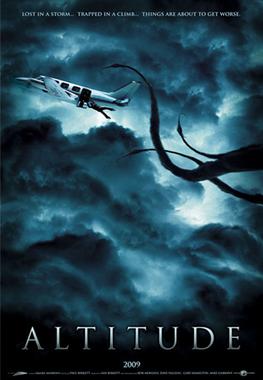
Altitude
Rationale for watching: it’s a high concept film that pushes the boundaries of the horror convention of trapped teenagers in a cabin. This time the cabin is a twin engine plane (shit, I really do work for Boeing) and it’s stuck going up up up.
I hate getting this nitpicky, but I was irritated from the get-go by the blue pallor that overwhelmed the colour range. Having seen the film in its entirety I can understand the decision, but I kept envisioning Photoshop pallets where I would crank up the warm tones to balance the lighting. But it’s not my movie and the reappearance of reds and yellows at the end are such a relief.
Overall the film does hang together and fans of Amazing Stories and the Twilight Zone should be pleasantly surprised that the film manages to keep you guessing even though some things are telegraphed when shots linger on important objects. How’s that for a vague review?
Rag Rah at the Biltmore: Holy Shit, amazing. I’ve been waiting for two years to see Rah Rah since I first heard “Cuba Peru” in The underseen, but awesome movie River. Regina, I love you.
2: People trying to use the Hipstamatic app with no flash while in a dark club. Fail they will.
Also amazing at the Biltmore: Land of Talk and Suuns.
The Vancouver International Film Festival 2010 (VIFF) gets underway this Thursday September 30th which means that my cheap downtown pizza consumption will skyrocket in the coming weeks. I’ve been working my way through the festival guide in both paper and app form and have found that I still prefer the paper guide. It bugs me that the app starts from scratch every single time you fire it up, but that may just be a 3g issue that the 3gs and iPhone 4 wouldn’t have thanks to multitasking. I also don’t understand how I can select favourites, but not have anything in my favourites list.
I’m also disappointed at what feels like a shortage on animation in the festival with only 11 films. At least animation beat out the categories of Aging and Buddhist Interest, which may or may not have overlap. Here’s the films listed:
I Was a Child of Holocaust Survivors
These 11 films breakdown into 5 features and 6 shorts. Although it should be noted that among the features is the documentary Marion Woodman: Dancing in the Flames that has both documentary footage and the repurposing of some of Faith Hubley‘s animation. I’m really interested in checking out how the film incorporates the animation throughout the feature, especially after checking out the trailer:
I’m also really looking forward to Ann Marie Fleming’s adaptation of Bernice Eisenstein’s I Was a Child of Holocaust Survivors. Ann Marie is a fantastic animator and the NFB has a bunch of great interviews with Ann Marie about the production and trailers for the film:
And finally, it’s hard not to be excited about a new Jan Švankmajer film Surviving Life (Theory and Practice):
Recently Stephen Wichuk, Emily Carr’s awesome animation tech, gave me a DVD of animation by Vancouver’s own Stu Hughes and Ben Jacques who used to do animation under the name of Crystal Beard. I had seen some of their work when attending Animatron at Little Mountain studios a few years back, but this was the first time that I got a chance to really binge on their work.
The Pink Drugs DVD was about as weird and abstract as I had expected. I really like how they both blend brightly coloured abstract geometric shapes with more hand drawn elements. Synesthetics II hurt my brain a little. But in a good way. I think. The repetitive vortex of colour completely jarred my optic nerves and haunting music made me cling to my bed in a way that I hadn’t since the stargate sequence in 2001.
Aside from their short films, the DVD has a really fun set of music videos. For the sake of brevity I’ll just mention Stairs by Shearing Pinx,Clak Clak by Vincent Parker and Waiting for MIDI Interface by PDF Format. I was really happy to see Waiting for MIDI Interface appear since I’ve recently started to listen to PDF Format through CBC Radio 3. The video really captures the 8-bit mayhem of the song and 10 year-old me is really wishing I could listen to this while playing Cobra Triangle for hours.
I wish I had come up with “Kung Fusion,” but I didn’t. It’s the title of a chapter in Vijay Prashad’s book Everybody Was Kung Fu Fighting: Afro-Asian Connections and the Myth of Cultural Purity, which is now on my must-read list. I’m happy to see that chapter is available in Google Books, so I can get a start before tracking down a copy. Thanks for the recommendation Manjeet!
I also started bounding my way through the Wikipedia articles on Martial Arts and am going to see what I can find out about Edward William Barton-Wright, who was regarded to be one of the first Europeans to teach Japanese martial arts. In particular, I like the accompanying collage to the article because the poses remind me of a still from Eadweard Muybridge. And because he has an amazing mustache and intense stare.
The other amazing Wikipedia find was the work of Tsukioka Yoshitoshi, a master of Japanese Ukiyo-e, a Japanese form of woodblock prints. I can’t stop staring at the following illustration of Bodidharma, a 5th/6th Century Buddhist monk who is credited as having introduced Zen to China.
Zen, China. China, Zen.
I love the colours and composition and can’t help but think he looks like the Dude. Now to find a book on his work and see some physical prints.
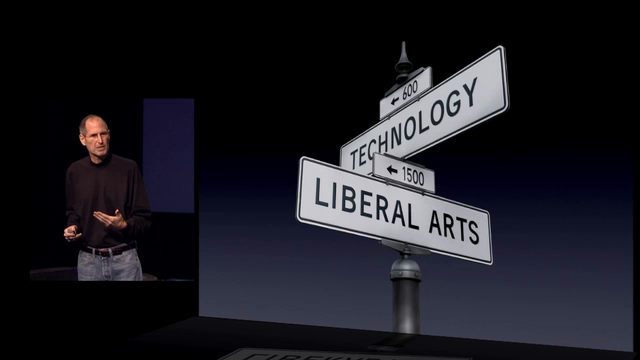
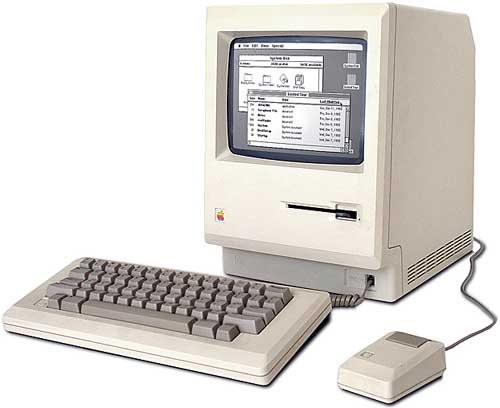
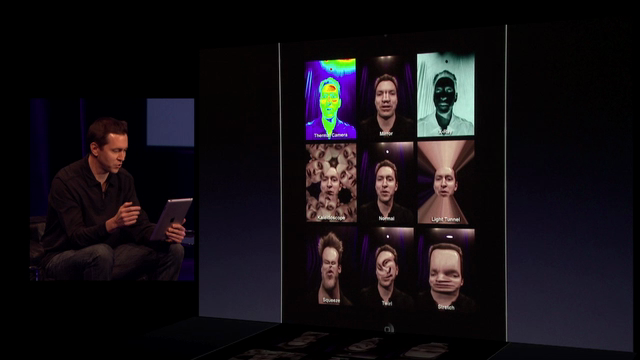
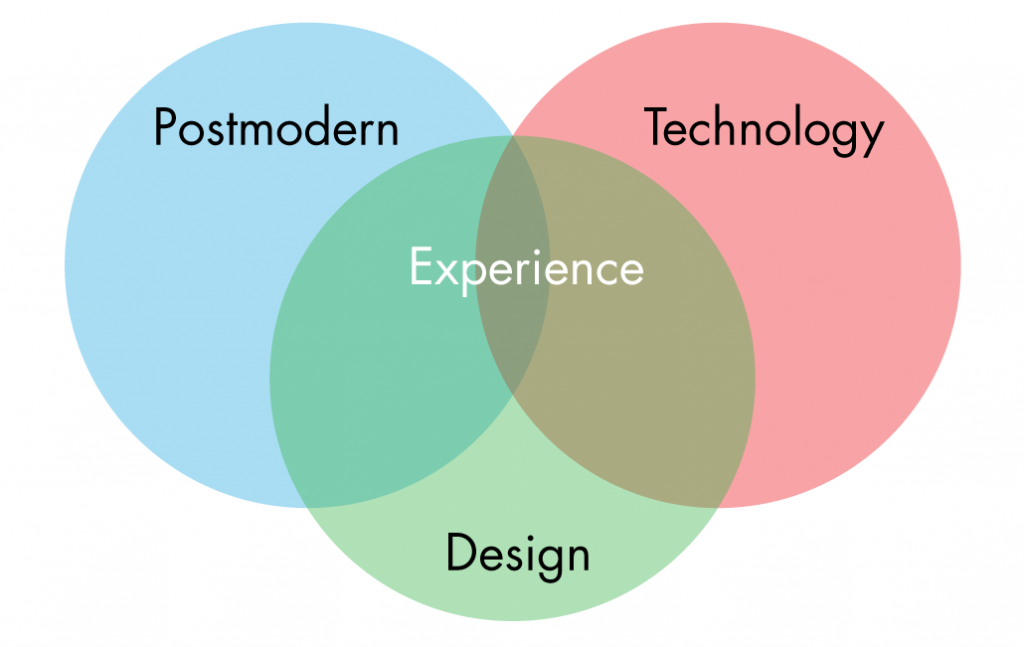
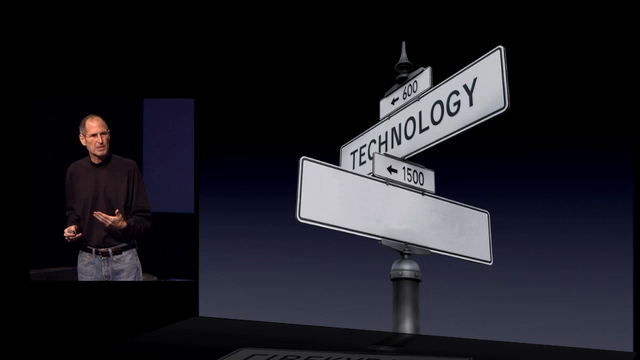
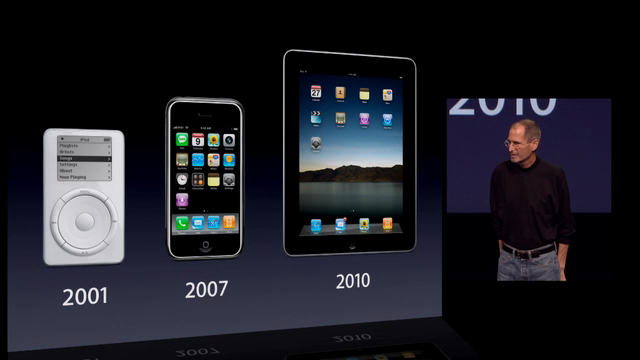
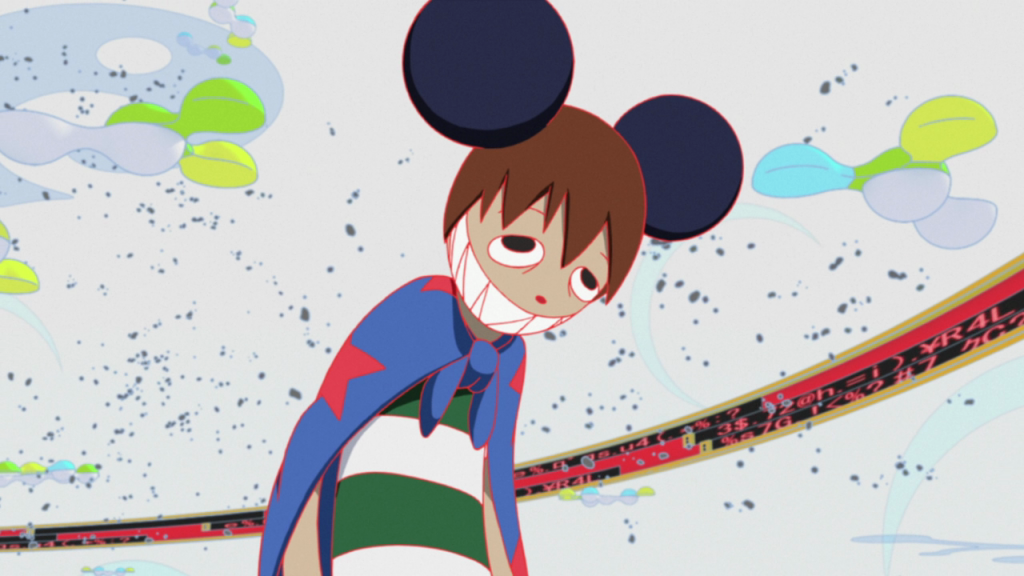
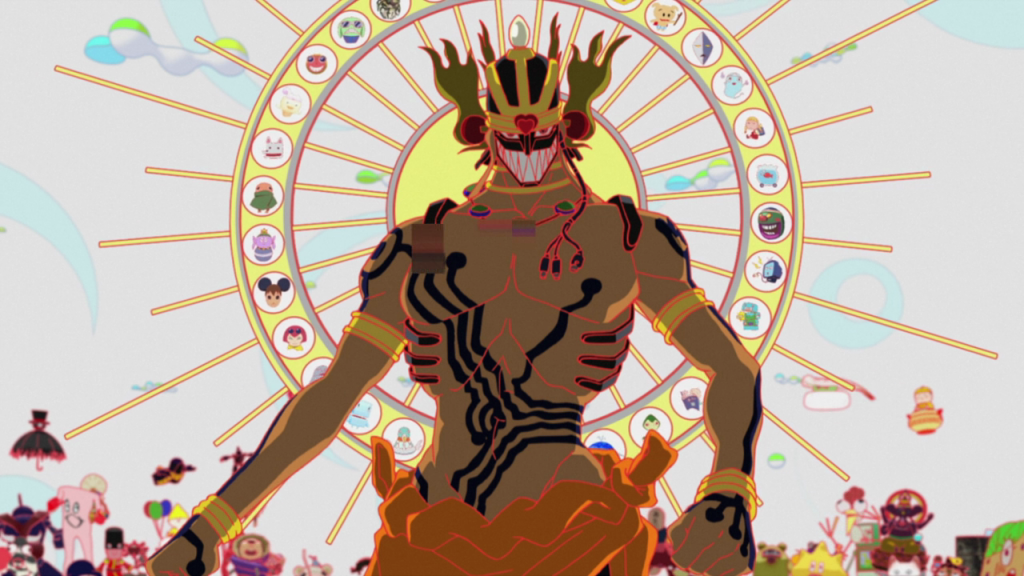



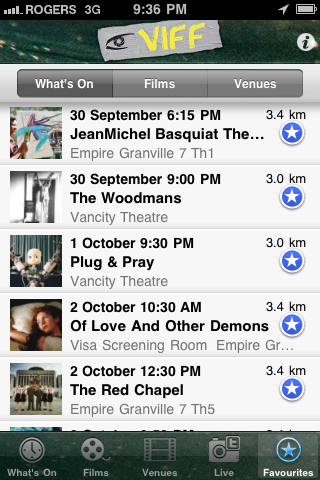

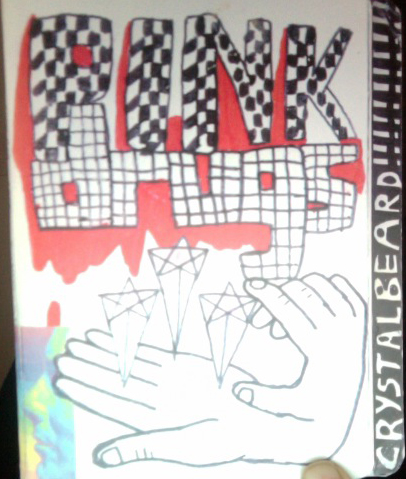

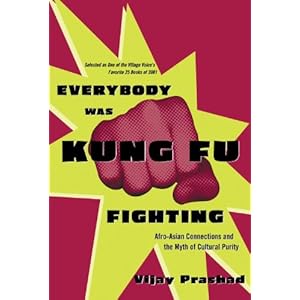


Recent Comments